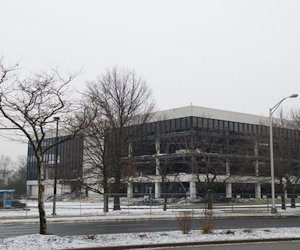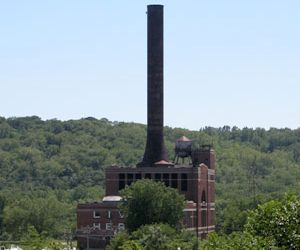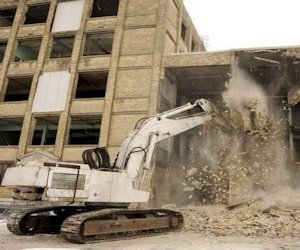Highground Industrial Demolishes Panasonic World Headquarters
Published by Seligman James on

Hartz Mountain Industries built the headquarters for Panasonic in the 1970’s. The building has a total of 941,000 sq. ft. with 475,000 sq. ft. of office. It sits on a 40 acre site. For the last 30 years, Panasonic had been renting the space from Hartz. In April, 2011, it was announced that Panasonic would build a new headquarters in Newark, NJ.
“This is an excellent example of how market conditions and property requirement change, and how buildings can quickly become outdated, said Dave Hoehmann, President of Highground Industrial LLC. “Over the last 10 years, warehouse ceiling height requirements have increased. Buildings that were once fulfilling warehouse and manufacturing needs, are no longer considered suitable. Twenty four foot ceilings are no longer industry standard. Ceiling heights of new warehouse buildings are now generally in the 30 – 42 ft. range”
Additionally, the new buildings built today are much more energy efficient than 20 years ago. The newest HVAC systems, lighting fixtures and use of solar panels have allowed architects to create buildings that have lower maintenance costs. This is important to tenants as it affects their bottom line. Commercial property owners, like Hartz Industries, hires companies like Highground Industrial to help them to tear down the building to either update the property for the same use or completely re-purpose the property and achieve maximum return on their investment. Many times, it is cheaper for the owner to tear a building down than try to update and comply with new building codes.
The demolition industry has become much greener too over the past decade. So many parts of the buildings are now recycled. “We are recycling not only the steel and mechanical systems of this building, but all of the concrete, ceiling and carpet tiles.” said David Hoehmann. “We try to create the least amount of waste we can. This benefits the owner because the cost of demolition is reduced and they can receive a LEED credit.”




